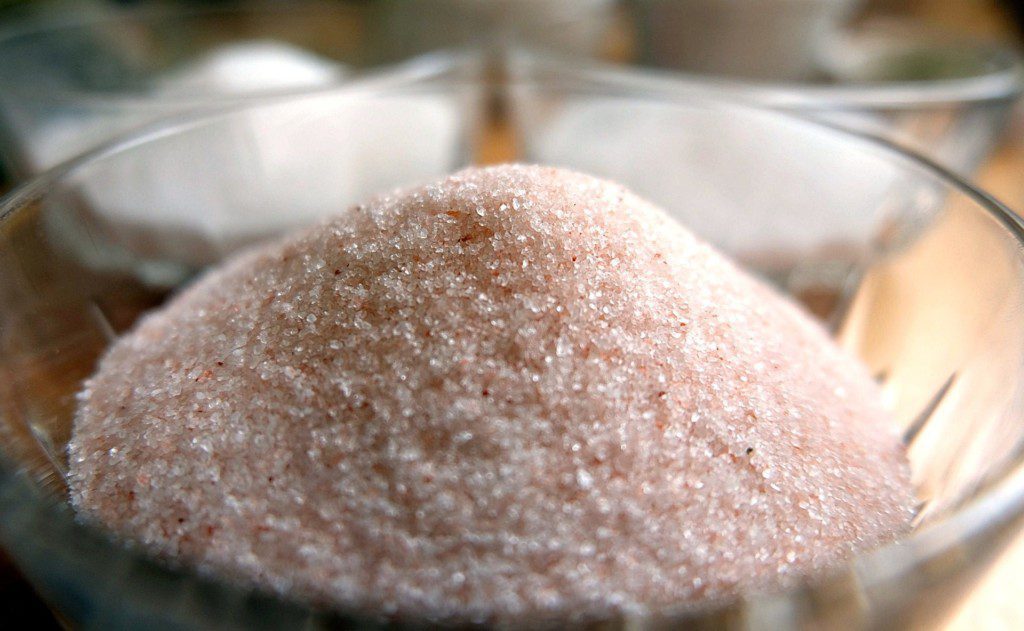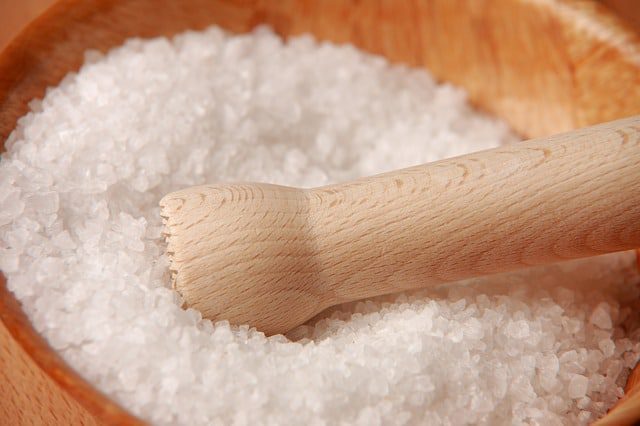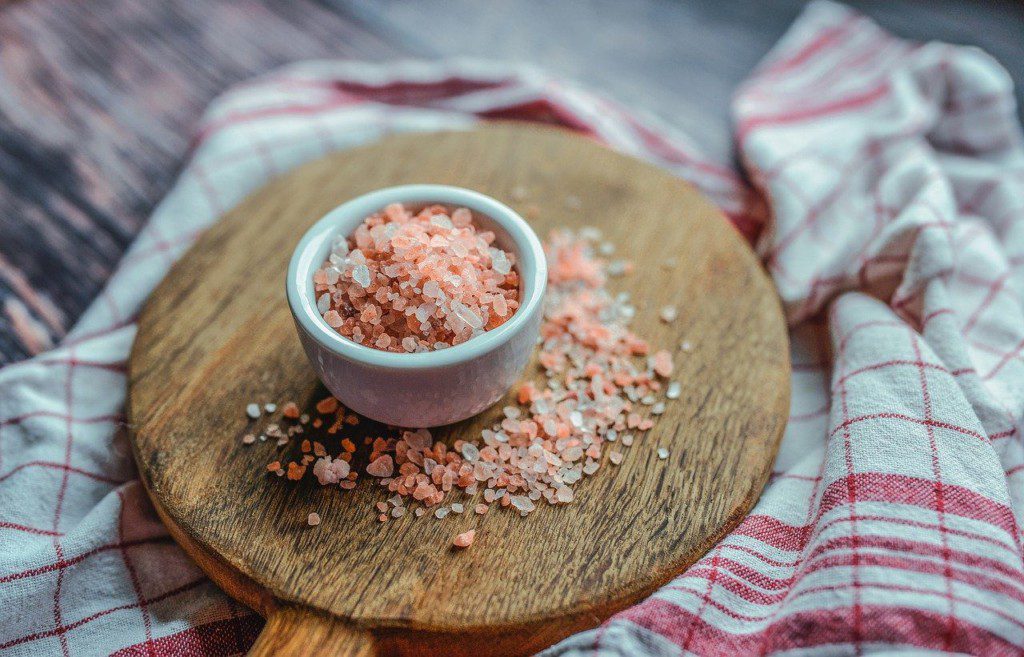Flower of Salt, or fleur de sel in French, is a rare form of sea salt harvested in various parts of France. And unlike regular salt, fleur de sel is used more for garnishing, sprinkled on food just before the dish is served, which is why it’s also called a ‘finishing salt’ and is harvested by hand, one of the reasons why it’s expensive and rare.
Table of Contents
What exactly is Fleur de sel?
While salt is the most common ingredient in the food, harvesting fleur de sel however is an entirely different ballgame. It’s done under precise weather conditions and involves collecting the thin layer of salt, which rises to the surface of the shallow ponds of the seawater near the coast of France. And all this is done entirely by hand!
What is the difference between Fleur de sel and sea salt?
Sea salt is extracted by processing seawater. Often time they are just obtained from harvesting salt mines – deposits produced by oceans – instead of seawater. In contrast, Fleur de sel is made under specific weather conditions and skimmed off the top of seawater in the shallow marshes of the French coast.

What is the use of Fleur de Sel
The saying ‘a little goes a long way’ could not be more appropriate in this case. Fleur de sel should never be used in place of regular salt. It is not used for cooking but for finishing a dish; a tiny sprinkle on top before you serve a dish can enhance its flavor to a magical degree. For instance, it can give candies and chocolate a marvelous aftertaste, or turn boring vegetables into something exotic. It’s also often used as a garnish for fish and meat dishes.
Always remember, this is a delicate garnish and can dissolve before you blink. So you need to store – always use airtight glass or porcelain jars – and handle it carefully. Always sprinkle it right before you serve, at the table itself if you can. Or else it will just mix with the food and you won’t be able to see it anymore. The taste however remains.
What does fleur de sel taste like
Fleur de sel is salty and has a high moisture content, which is also why you’ll taste the salt for longer as the fragile crystals stick to your tongue when they are inside your mouth. This doesn’t mean it’s saltier than others, just more wet.

Varieties of fleur de sel
Fleur de sel was initially harvested along the coast of France. But countries such as Brazil, Mexico, Spain, Greece, Portugal, and Canada followed suit. The harvesting process remains the same but these salts might vary in taste and texture.
What does fleur de sel look like
Since fleur de sel is found in the coastline, it resembles grey or pink crystals, thanks to the minerals found in the area they are produced. And given that these minerals add flavor to the salt, it’s often believed to be tastier than regular salt.
What Can You Use To Substitute Fleur De Sel
The closest substitute to fleur de sel is the sea salt flakes. As delicate if not more, sea salt flakes lend a similar kind of flavor to food. However, it’s always advised to add very little in the beginning and then adjust as per taste.
Kosher salt
It is one of the best-known fleur de sel substitutes. and can be used exactly in the similar quantity as that of fleur de sel. And given that kosher salt is free from added iodine, it tastes a lot better.
Sel Gris
Quite similar to the Fleur de Sel, Sel Gris too is harvested by hand in France. It’s grey in color and considered to be a gourmet salt.
Cornish Sea Salt and Halen Mon Salt
Two amazing British sea salts, Cornish and Halen mon, are great substitutes for the fleur de sel. Use ½ teaspoon and then increase as per your choice and taste.
Hawaiian Pink Salt
Hawaiian pink salt is an excellent fleur de sel substitute, and you can even use it in the same quantity as fleur de sel. You can also use normal sea salt, but sparingly, so the taste is maintained. It is brick red in color due to the volcanic clay in it.

Maldon Sea Salt
A salt produced in England, the Maldon sea salt has less moisture in it when compared to fleur de sel. Taste it a bit before sprinkling on food to understand the difference. Due to its large crystalline property, this salt can be sprinkled easily.
How can I store fleur de sel, or any other sea salt
Salts can get clumpy when they come in contact with air. It’s always recommended to store salt in airtight glass or porcelain containers and away from direct sunlight.
Final Word
The stories behind the harvesting of fleur de sel are fascinating, as fascinating as the salt itself. A history that involved women, monks, abandoned salt lands – this artisanal salt took its time to become one of the most coveted ingredients around the world. Given its complex harvesting process, it’s expensive and not as widely found as other salts. Also one of the reasons why it’s rarely used for cooking but for finishing food. Of course, if you can’t find it easily, grab one of the Fleur de sel substitutes such as Hawaiian pink salt or the British sea salts. Use them in the same quantities, and your dish is ready to be served.


